Collaborative and Therapeutic Nursing Practice Assignment Report
VerifiedAdded on 2019/10/31
|5
|862
|172
Report
AI Summary
This report delves into the critical aspects of collaborative and therapeutic nursing practice, examining the essential factors determining healthcare professionals' roles within a multidisciplinary team, emphasizing the importance of communication, leadership, and organizational skills. The report highlights the pivotal roles of registered nurses, who provide primary patient care and manage care coordination, often specializing in specific areas. A case study is presented, focusing on a patient, Grant Thompson, and the challenges faced by the healthcare team, including differing opinions on the patient's treatment plan and recovery. The report suggests a home-based treatment plan with continued therapy sessions and family involvement, underscoring the importance of a cohesive multidisciplinary team, including occupational therapists, psychotherapists, and social workers, to provide comprehensive care and support for both the patient and his family. References to key literature support the analysis of collaborative practices and healthcare team dynamics.
1 out of 5
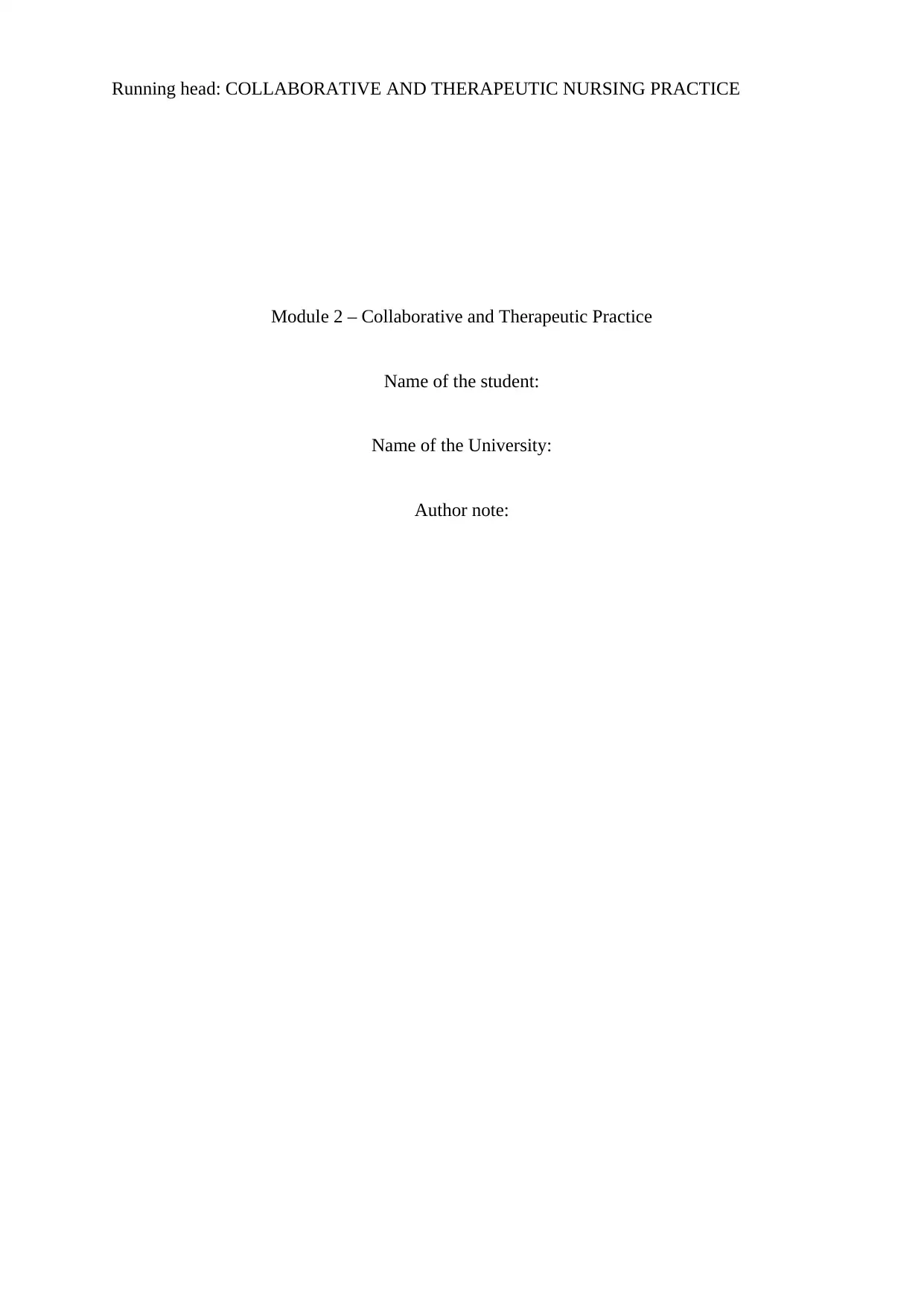
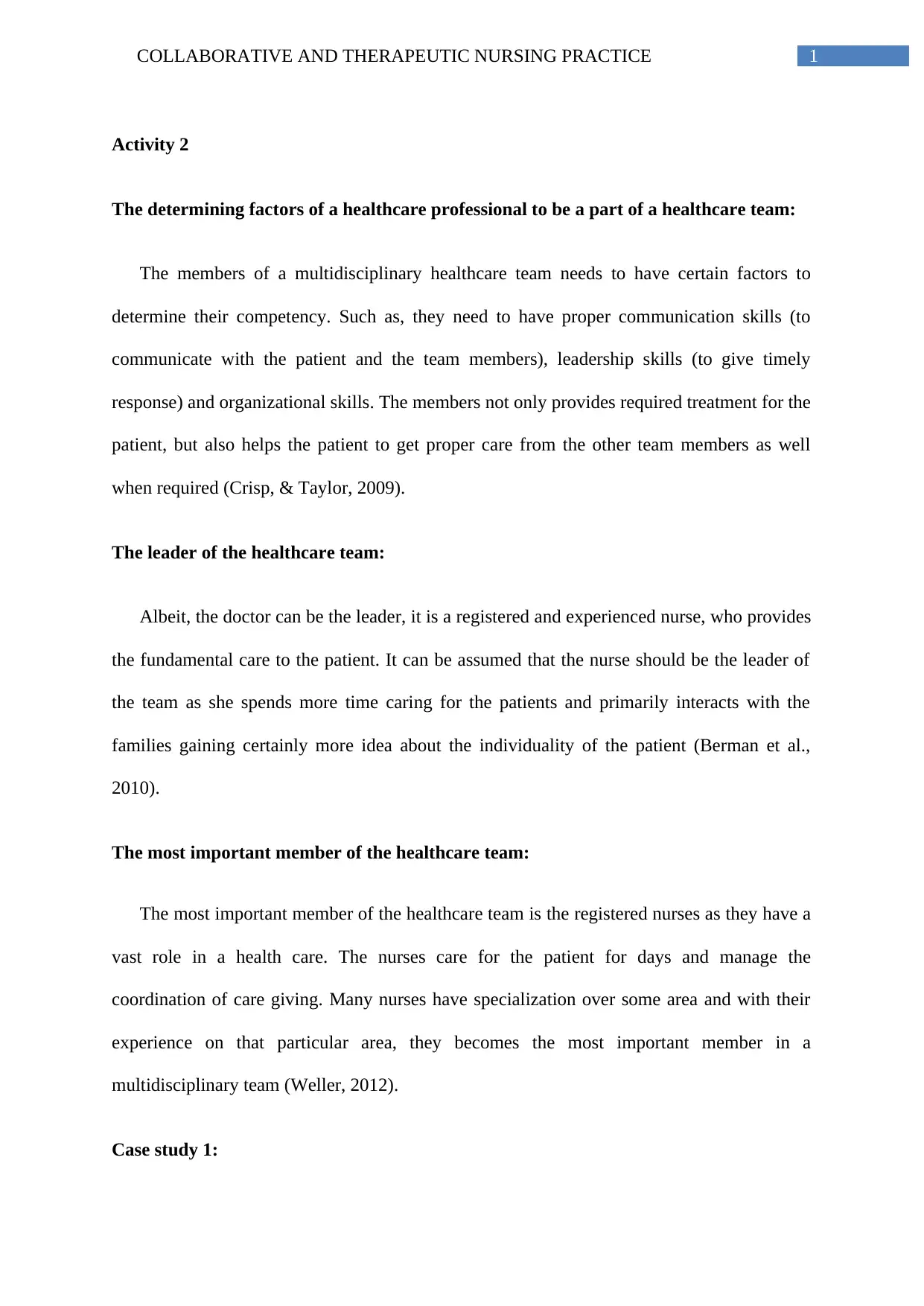
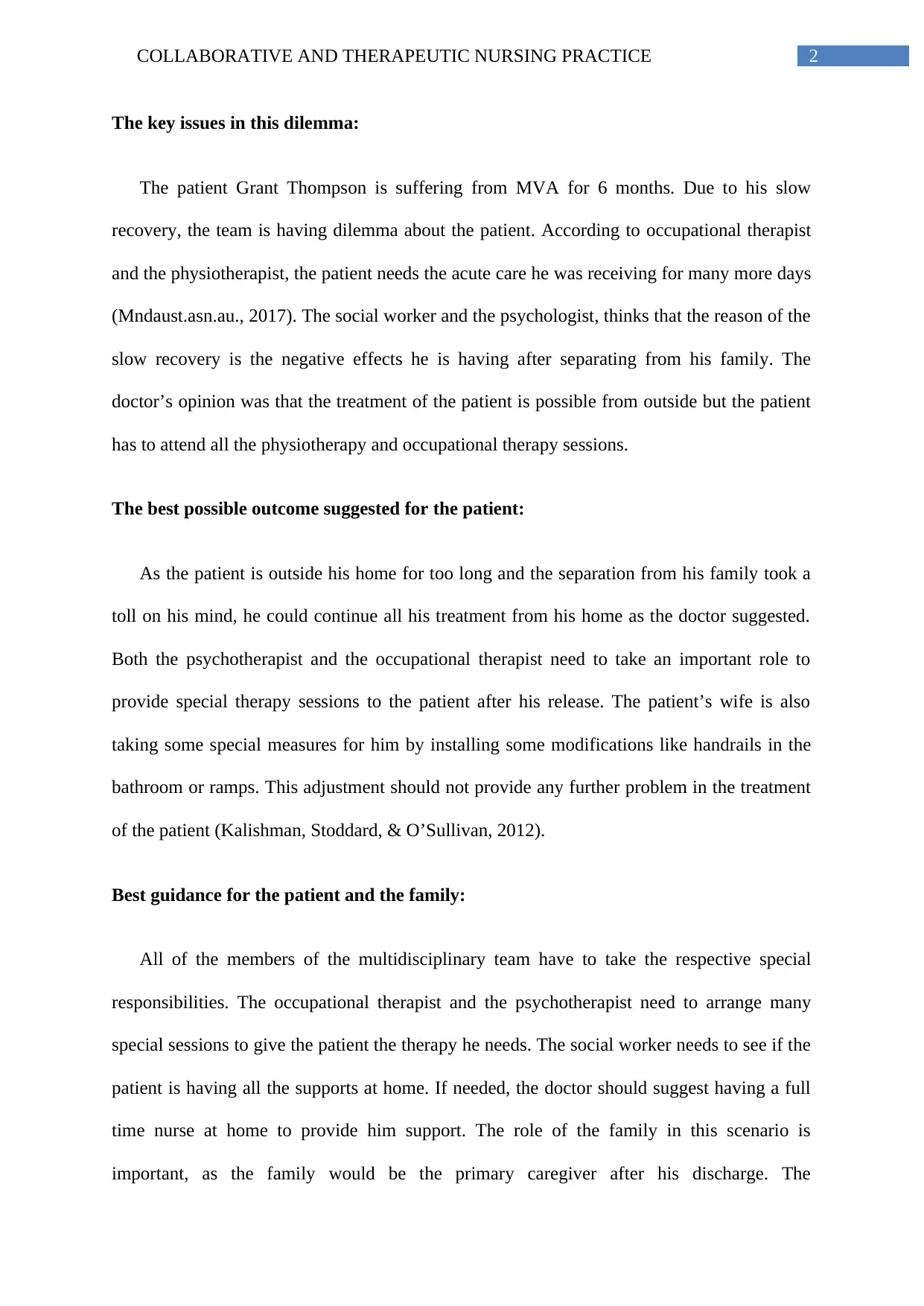

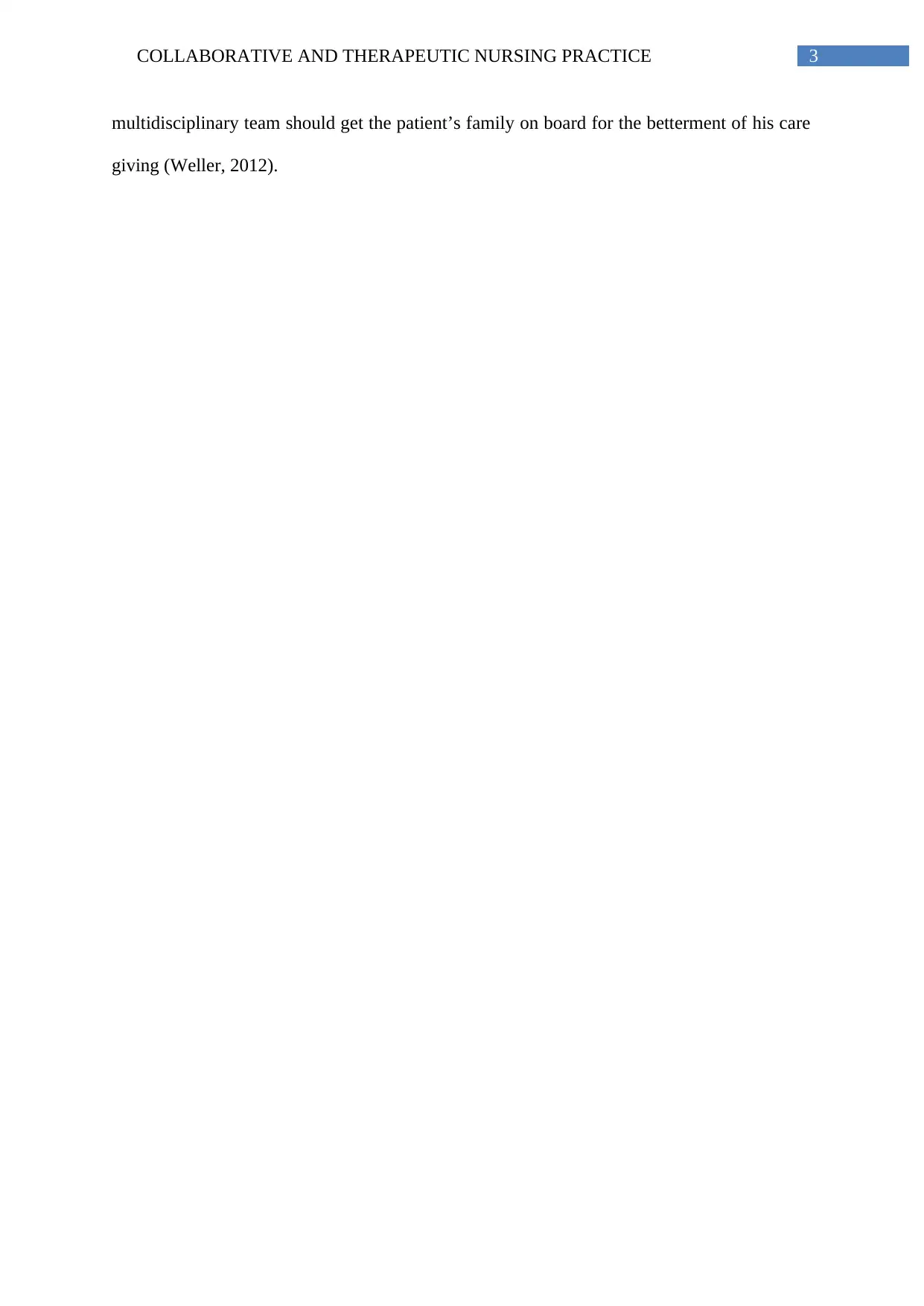
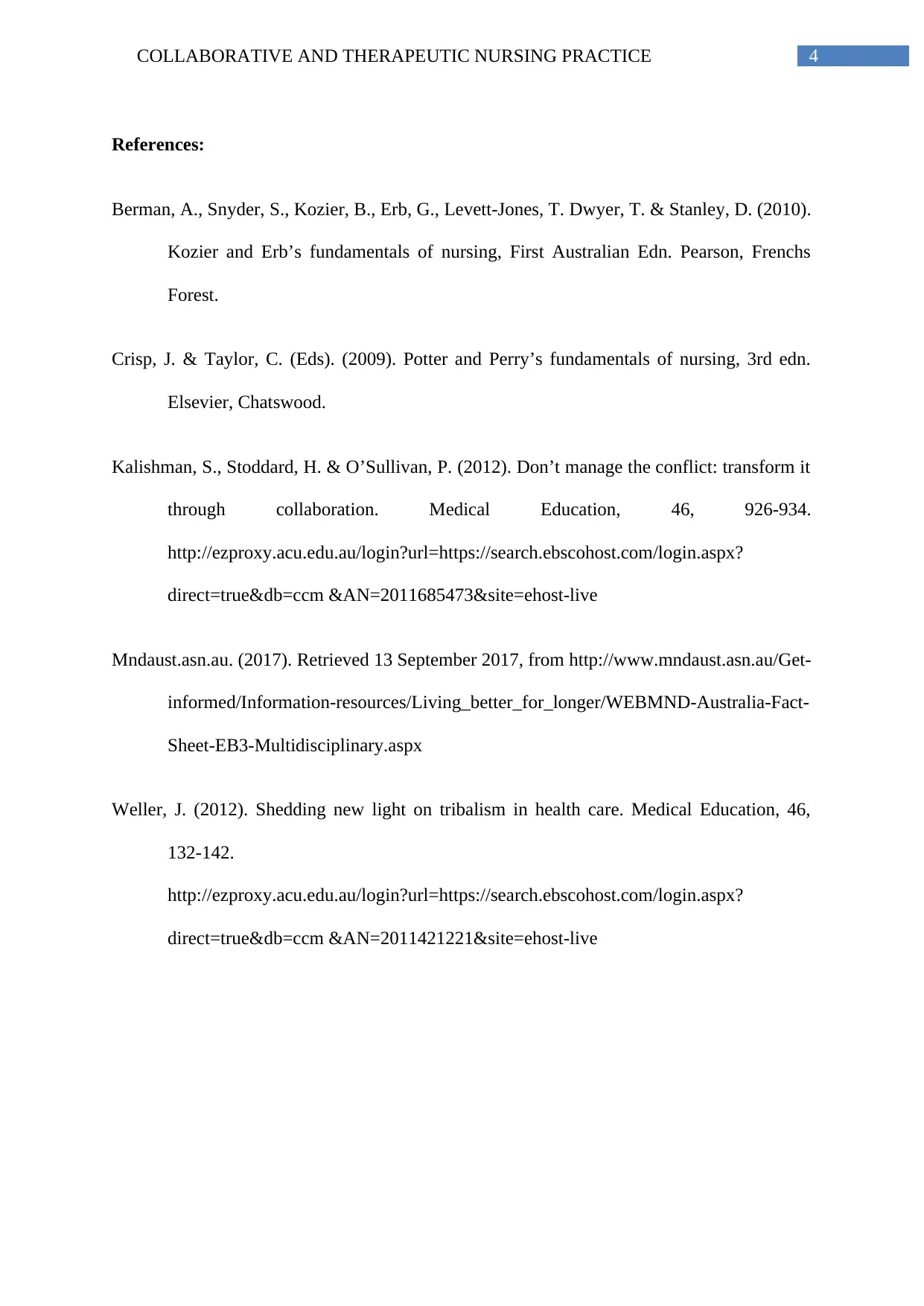






![[object Object]](/_next/static/media/star-bottom.7253800d.svg)